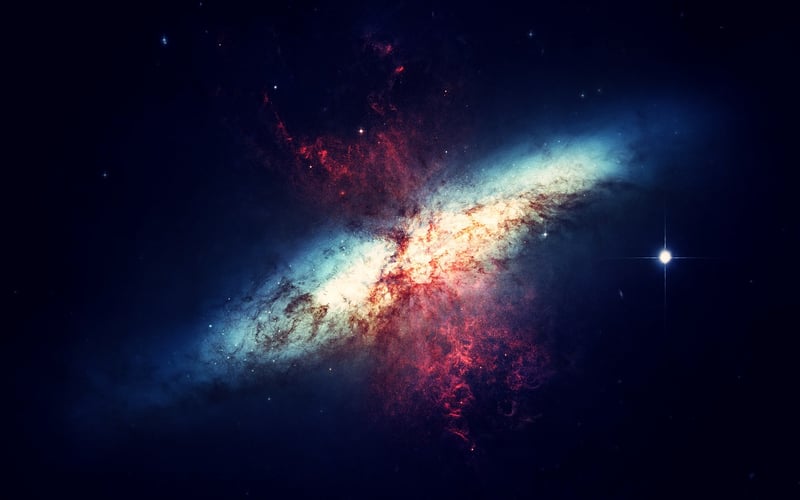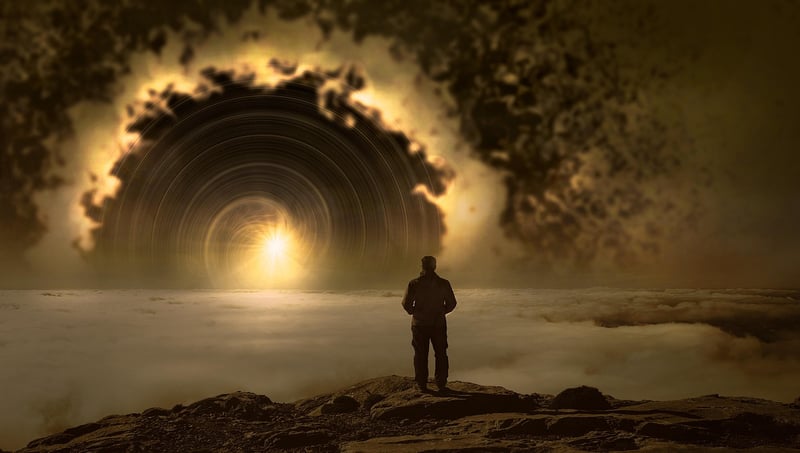Black Hole Observation
Exploring the Mysteries of Distant Galaxies and Black Holes

Have you ever looked up at the night sky and wondered what lies beyond our own galaxy? The universe is a vast and mysterious place, filled with billions of galaxies, each containing billions of stars. Scientists and astronomers around the world are constantly studying these distant galaxies to unravel the secrets of the cosmos.
Distant Galaxies
Observing distant galaxies is like peering back in time. Light from these galaxies can take millions or even billions of years to reach us, giving us a glimpse of what the universe looked like in the distant past. By studying these galaxies, scientists can learn about the evolution of the universe, the formation of stars and galaxies, and the nature of dark matter and dark energy.
Black Holes

One of the most intriguing phenomena in the universe is the black hole. These cosmic entities have such strong gravitational pulls that nothing, not even light, can escape their grasp. Black holes are formed when massive stars collapse under their own gravity, creating a singularity where the laws of physics as we know them break down.
Observing black holes can provide valuable insights into the nature of spacetime, gravity, and the behavior of matter under extreme conditions. By studying the effects of black holes on their surroundings, scientists can test the limits of our current understanding of the universe.
Observing the Unobservable
While we cannot directly see black holes, scientists have developed sophisticated techniques to observe their effects on nearby matter. By studying the radiation emitted by accretion disks around black holes or the gravitational waves produced by their mergers, astronomers can infer the presence and properties of these enigmatic cosmic objects.
Advancements in technology, such as the Event Horizon Telescope, have allowed scientists to capture the first-ever image of a black hole's shadow in the galaxy M87, opening up new possibilities for studying these mysterious entities.
Conclusion
Studying distant galaxies and black holes is not just an academic pursuit—it is a journey to uncover the fundamental truths of the universe. By looking beyond our own cosmic neighborhood, scientists can gain a deeper understanding of the origins, structure, and evolution of the cosmos, pushing the boundaries of human knowledge and imagination.
So, the next time you gaze up at the stars, remember that there is a whole universe out there waiting to be explored and understood.
